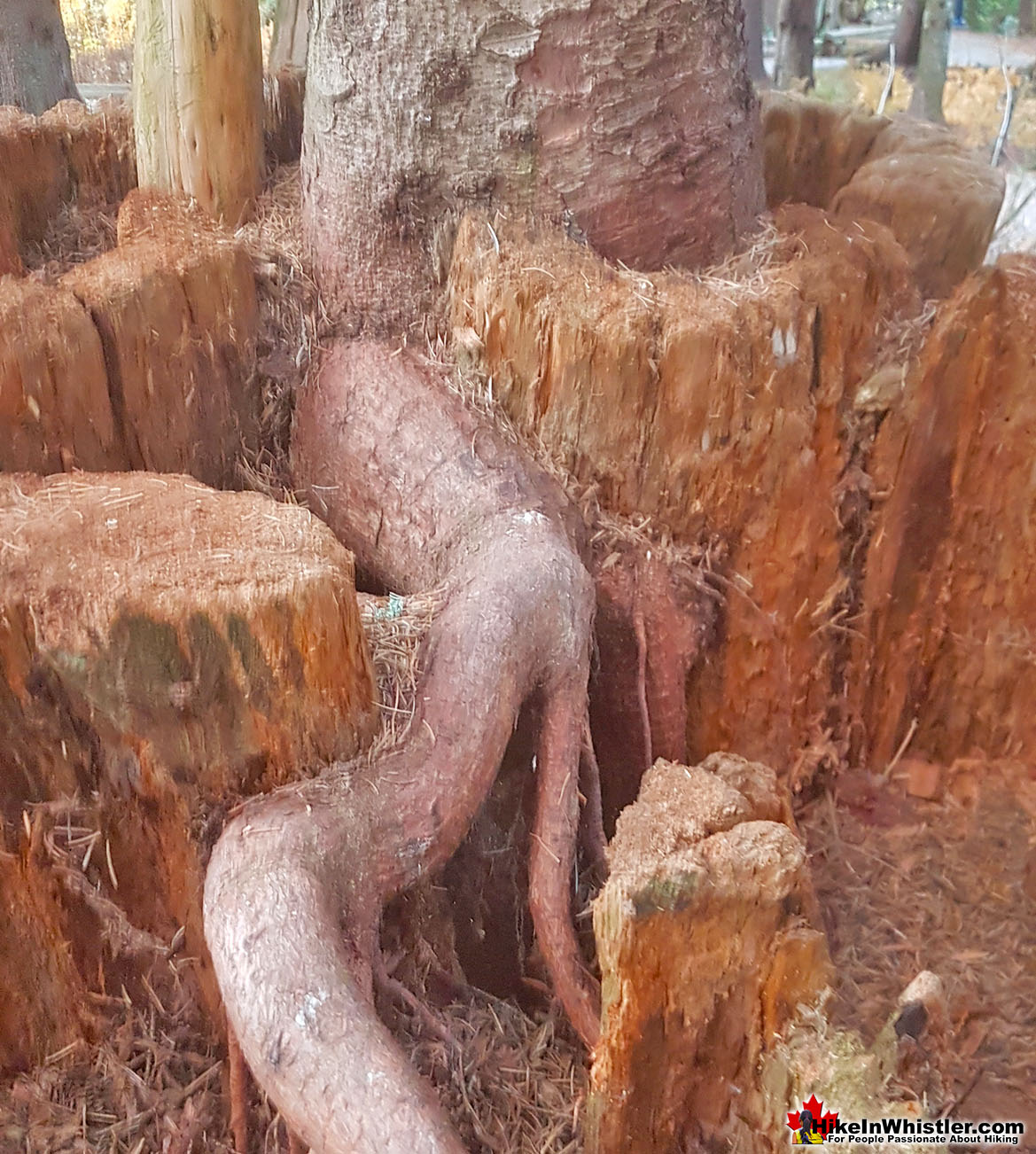
![]() Inosculation is the technical name for two or more trees that have fused together into a single bizarre looking tree. They are colloquially known as gemels, a name derived from the Latin word gemellus which means "a pair" or "twin". Gemels are a natural phenomenon where trees of the same species grow close enough to rub against each other. Gradually the bark where the two trees contact each other wears away and exposes the cambium.
Inosculation is the technical name for two or more trees that have fused together into a single bizarre looking tree. They are colloquially known as gemels, a name derived from the Latin word gemellus which means "a pair" or "twin". Gemels are a natural phenomenon where trees of the same species grow close enough to rub against each other. Gradually the bark where the two trees contact each other wears away and exposes the cambium.
Whistler & Garibaldi Hiking
![]() Alexander Falls
Alexander Falls ![]() Ancient Cedars
Ancient Cedars ![]() Black Tusk
Black Tusk ![]() Blackcomb Mountain
Blackcomb Mountain ![]() Brandywine Falls
Brandywine Falls ![]() Brandywine Meadows
Brandywine Meadows ![]() Brew Lake
Brew Lake ![]() Callaghan Lake
Callaghan Lake ![]() Cheakamus Lake
Cheakamus Lake ![]() Cheakamus River
Cheakamus River ![]() Cirque Lake
Cirque Lake ![]() Flank Trail
Flank Trail ![]() Garibaldi Lake
Garibaldi Lake ![]() Garibaldi Park
Garibaldi Park ![]() Helm Creek
Helm Creek ![]() Jane Lakes
Jane Lakes ![]() Joffre Lakes
Joffre Lakes ![]() Keyhole Hot Springs
Keyhole Hot Springs ![]() Logger’s Lake
Logger’s Lake ![]() Madeley Lake
Madeley Lake ![]() Meager Hot Springs
Meager Hot Springs ![]() Nairn Falls
Nairn Falls ![]() Newt Lake
Newt Lake ![]() Panorama Ridge
Panorama Ridge ![]() Parkhurst Ghost Town
Parkhurst Ghost Town ![]() Rainbow Falls
Rainbow Falls ![]() Rainbow Lake
Rainbow Lake ![]() Ring Lake
Ring Lake ![]() Russet Lake
Russet Lake ![]() Sea to Sky Trail
Sea to Sky Trail ![]() Skookumchuck Hot Springs
Skookumchuck Hot Springs ![]() Sloquet Hot Springs
Sloquet Hot Springs ![]() Sproatt East
Sproatt East ![]() Sproatt West
Sproatt West ![]() Taylor Meadows
Taylor Meadows ![]() Train Wreck
Train Wreck ![]() Wedgemount Lake
Wedgemount Lake ![]() Whistler Mountain
Whistler Mountain
![]() January
January ![]() February
February ![]() March
March ![]() April
April ![]() May
May ![]() June
June ![]() July
July ![]() August
August ![]() September
September ![]() October
October ![]() November
November ![]() December
December
Cambium is the main growth tissue of trees, and prolonged contact between trees can cause them to fuse together. Separate trees can fuse together to become a gemel via tree trunks, between branches, or even connecting roots. In Whistler you can find wonderful examples of gemels in many areas. In Florence Peterson Park behind Whistler Library and Whistler Museum you will find a beautiful little forest. Huge western redcedars were cut down here long before Whistler was a resort town and the small community was called Alta Lake. Logging was the primary industry back then and that is why you see so many very old tree stumps while walking in Whistler Village and out in the wilderness hiking trails around Whistler. The little forest in Florence Peterson Park has several of these huge, old tree stumps with pretty large trees growing out of them. One of these huge tree stumps in the park near Splitz Grill is home to an interesting gemel, three western redcedar fused together. Their close proximity in the confined space of the large western redcedar stump has merged them together at the base. This cluster of three trees is not the best example of a gemel because if you don’t look closely it just appears to be three 50 year old cedars growing close together. It is, however an impressive example of another interesting phenomenon of forest growth, a nurse stump. A nurse stump is a tree stump that has a new tree growing out of it. Though a tree stump appears to be an inhospitable place for a new tree to grow, the opposite is actually true for a bunch of not so obvious reasons. First, the fallen or cut down and removed tree opens some of the forest canopy and allows more sunlight in.
On the forest floor there is a lot of competition to get sun exposure and an elevated tree stump is a considerable advantage over the crowded forest floor. Also, a fallen or cut down tree transforms, with the help of microbes, fungus and insects, into a tremendously fertile soil which retains moisture extremely well. A tree lucky enough to grow on a nurse stump will almost certainly have more sunlight, less competition, and better soil to grow in than its ground level neighbours. With such an advantageous place to grow, it is little wonder that three trees have successfully flourished here for several decades.
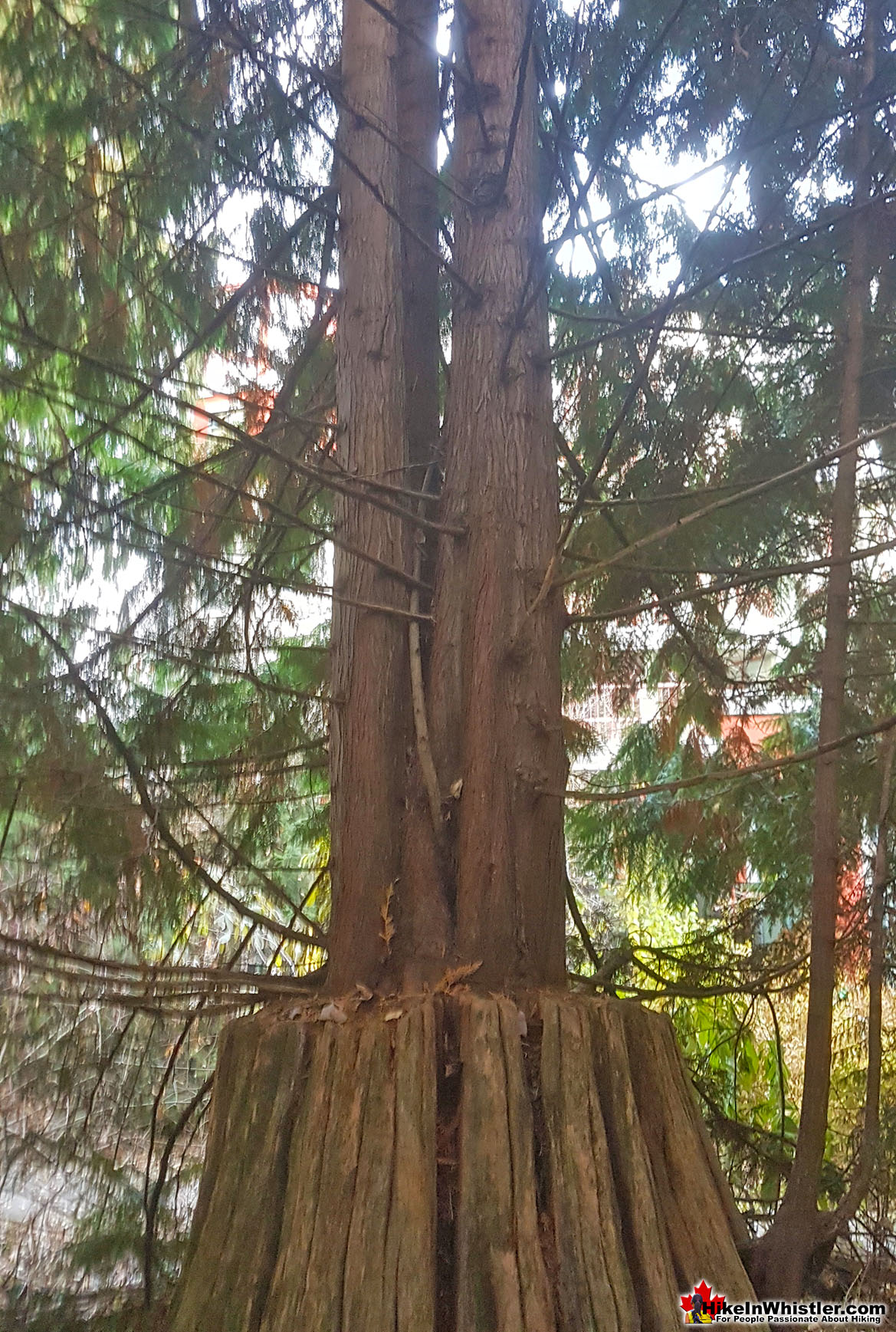
Florence Peterson Park Gemels
Though this little forest in Florence Peterson Park is wonderfully thriving with trees everywhere, it is surprisingly dark. Even on a sunny day, the sun is almost completely blocked by the tree canopy above. Even with the big trees cut down decades ago and the big pond in the middle of the park, the sun only gets through to the ground in a few places. It is no wonder this little forest is home to such interesting displays of survival ingenuity. Just a few metres away from the three tree, nurse log gemel/inosculation, you will spot two more gemels. Walking towards the library you will see a marvellous old tree that has fused together at its base and separates about 6 feet from the ground. This gemel is quite large, well over a metre around, and its enormous roots spread powerfully into the ground. A few metres from this tree you will spot another excellent example of a gemel/inosculation. This time a big cedar, maybe 40 years old has fused with a younger cedar about half its size and age.
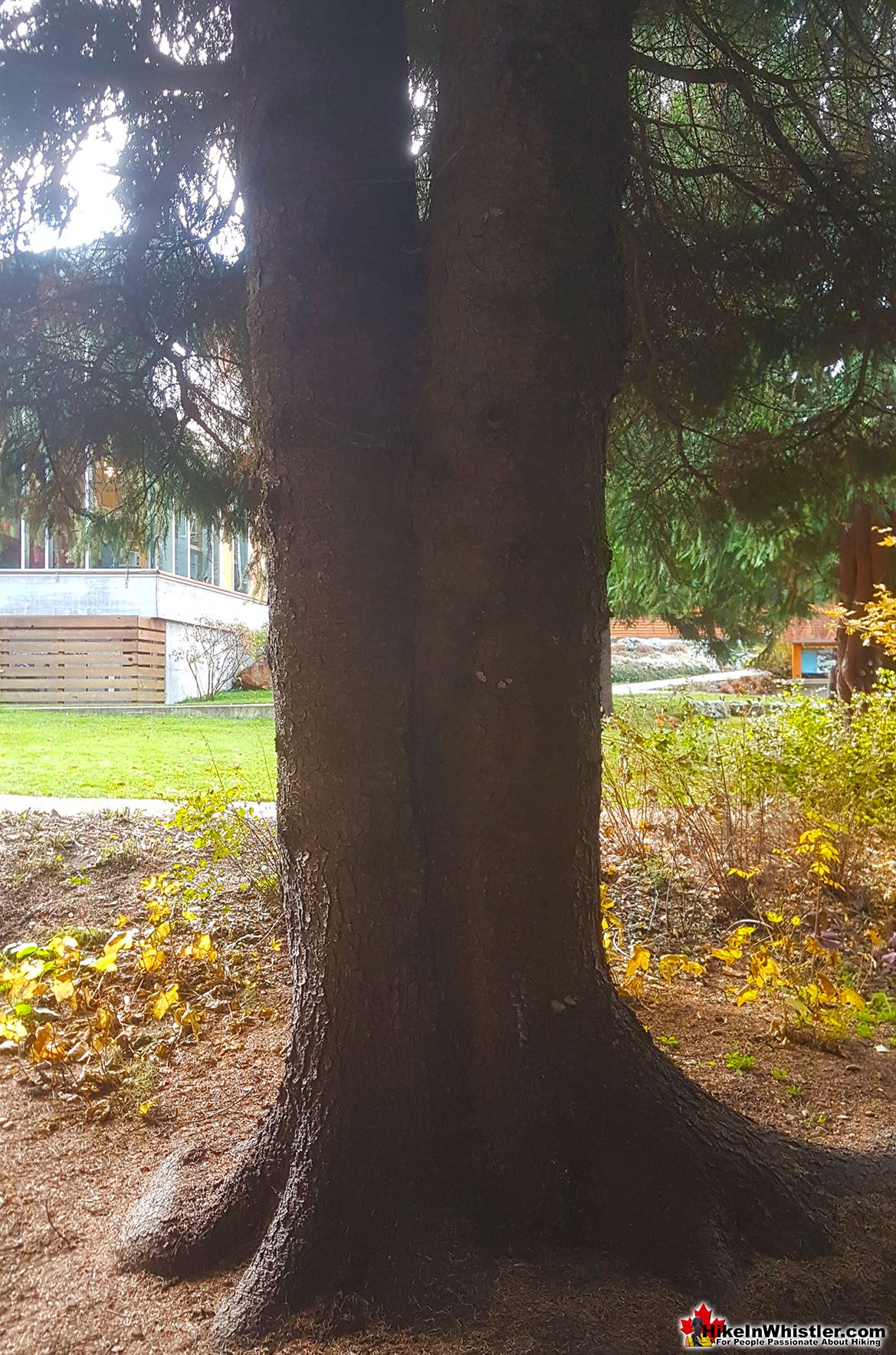
Nurse Stumps in Florence Peterson Park
This little forest is packed with wonderfully mesmerizing trees. Possibly the most extraordinary tree is found consuming the nurse stump it is growing out of. Its huge roots have plowed through the ancient cedar stump like an anaconda crashing through a fence. The nurse stump is slowly being obliterated by the new tree that grows within it and through it. It is so strange that you can’t help but circle the mangled stump and marvel at these thick tentacles searching for water.
Florence Peterson Park is a secluded little oasis in Whistler Village with several lounge chairs surrounding a small pond at the centre of these extraordinary trees. Main Street is a horseshoe shaped street that surrounds the park on three sides, but the library, museum, Summit Lodge and Splitz Grill shield you from the street noise. A grassy, always sunny field slopes from the forest up to the wonderfully modern library and the museum is painted with a mural by Kups, a local artist with has several murals in Whistler. Nearby at the Whistler Skate Park and along the Valley Trail as well as at two of Whistler’s more surreal places to hike, Parkhurst Ghost Town and Whistler Train Wreck.
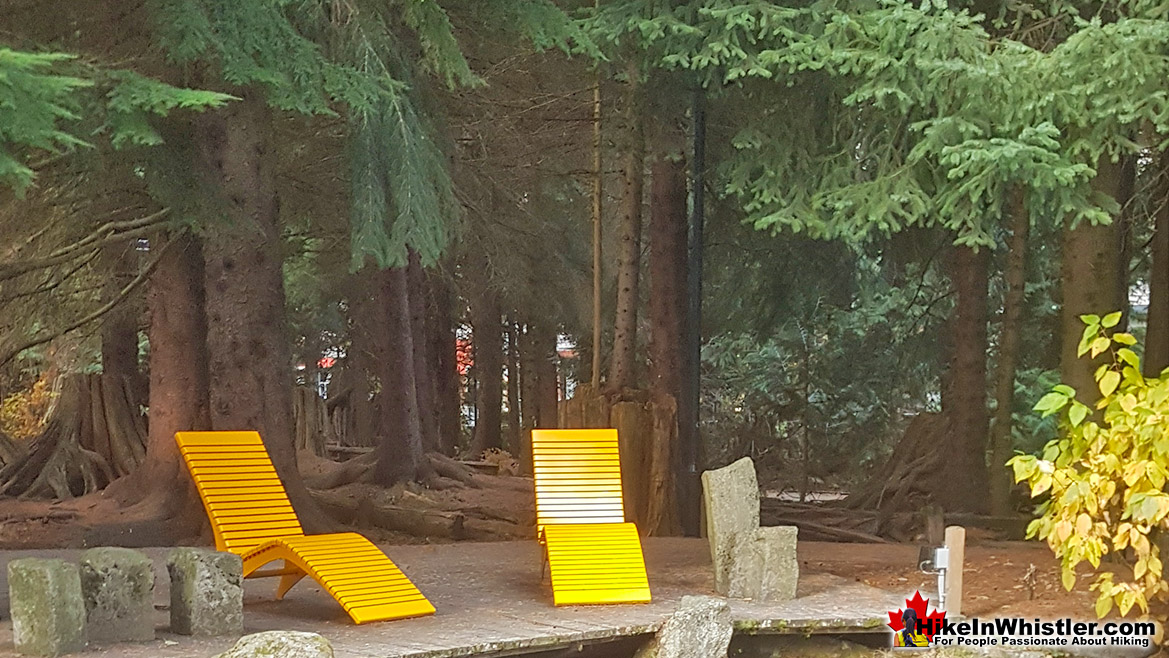
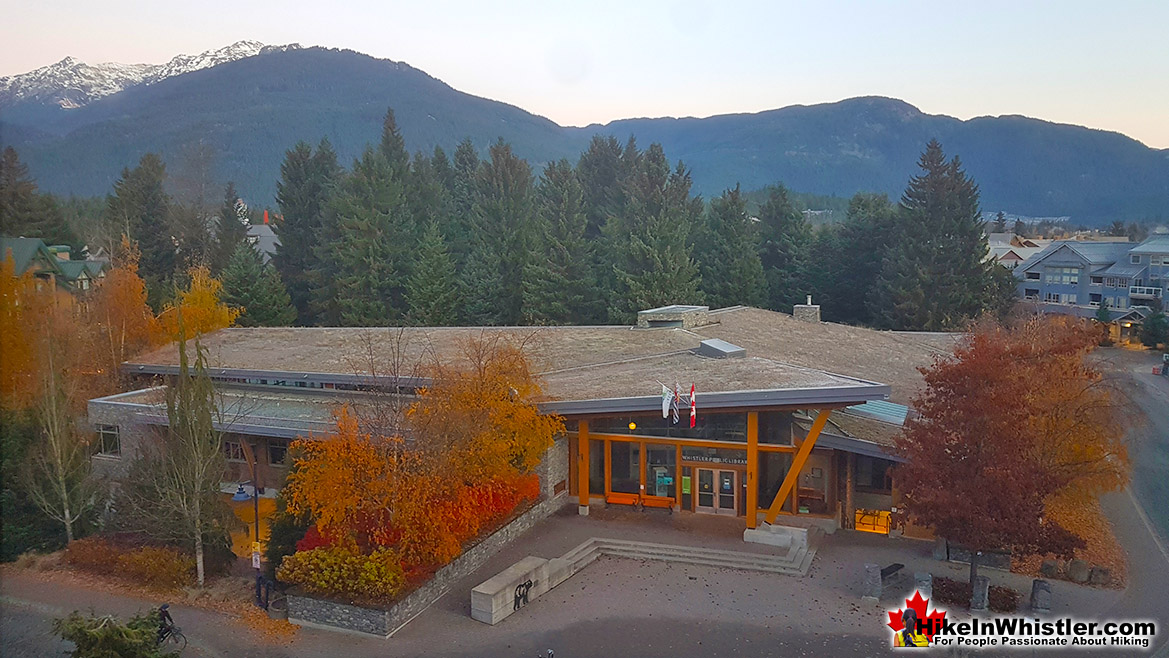
Once you start noticing gemels, you find them everywhere in Whistler. This beautifully symmetrical one is found along the Valley Trail between Lorimer Road and Rainbow Park. Wonderfully bizarre and so well defined that you can't help but circle around it and marvel at how strangely beautiful and evidently common gemels are.
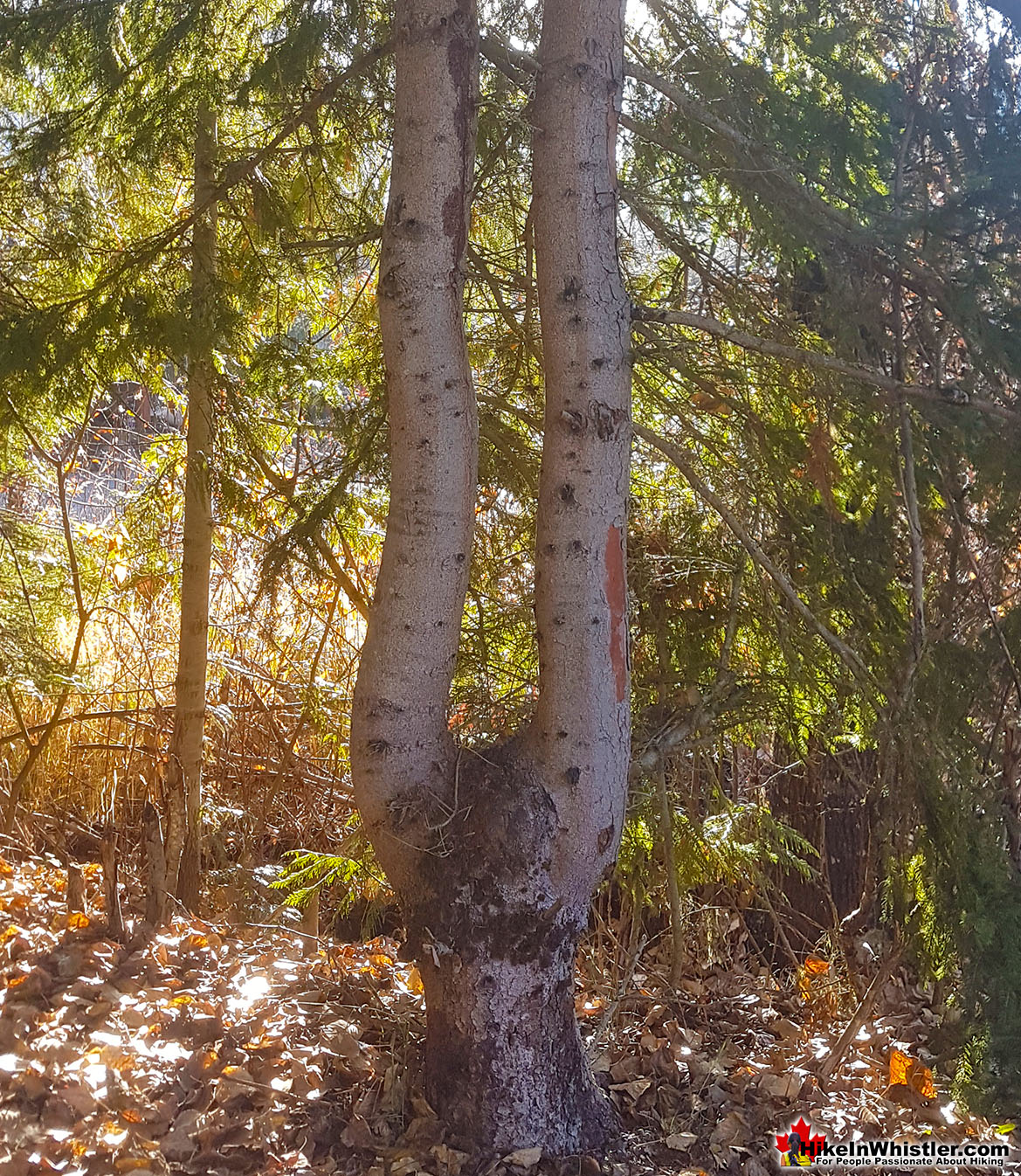
More Whistler & Garibaldi Park Hiking A to Z!
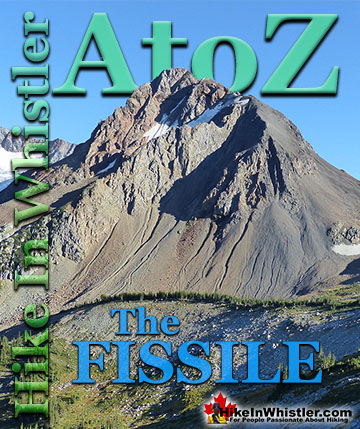

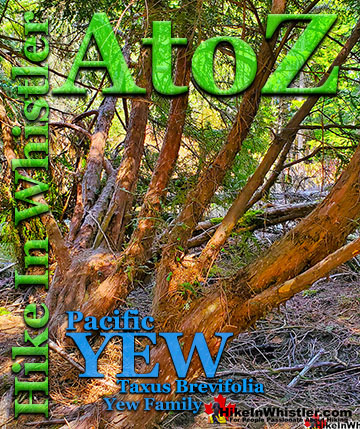
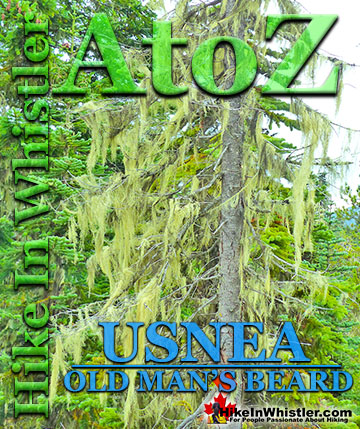
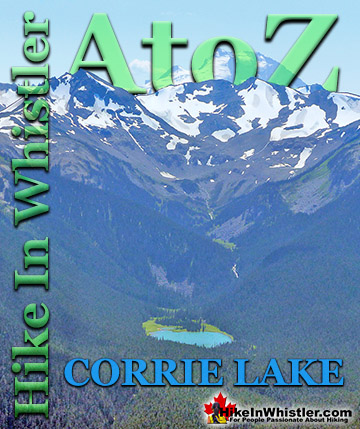
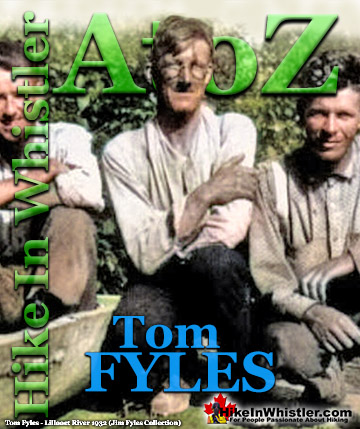
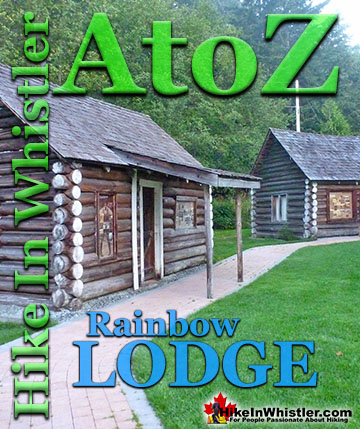
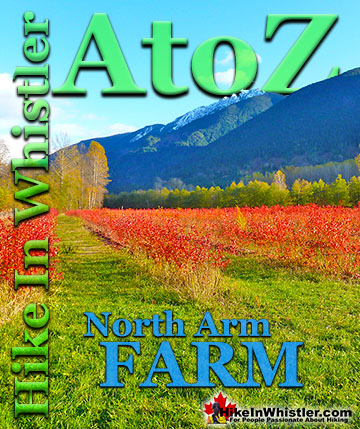
The Best Whistler & Garibaldi Park Hiking Trails!
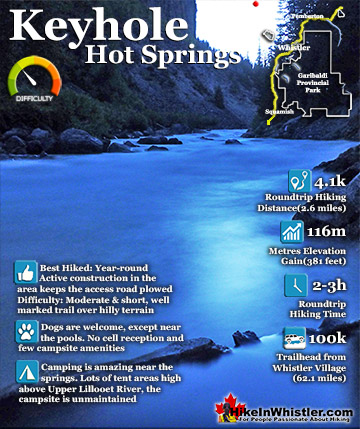
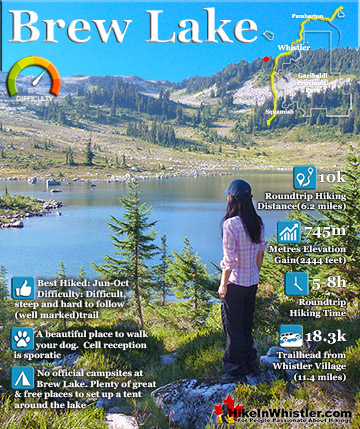


Whistler & Garibaldi Park Best Hiking by Month!
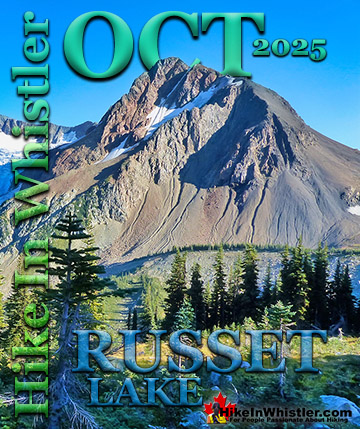
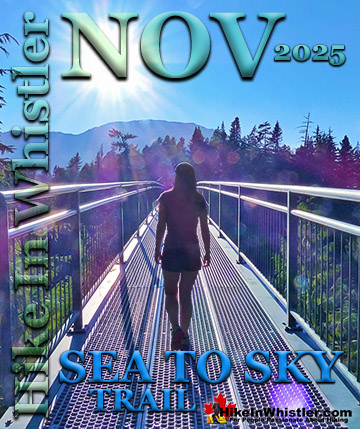

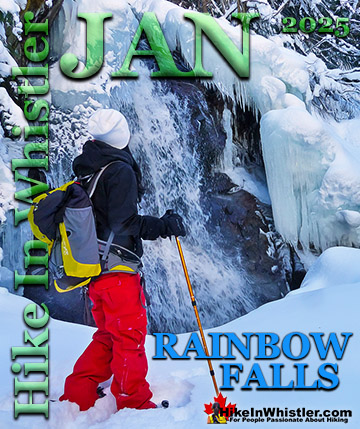
Explore BC Hiking Destinations!

Whistler Hiking Trails

Squamish Hiking Trails

Vancouver Hiking Trails

Clayoquot Hiking Trails

Victoria Hiking Trails


